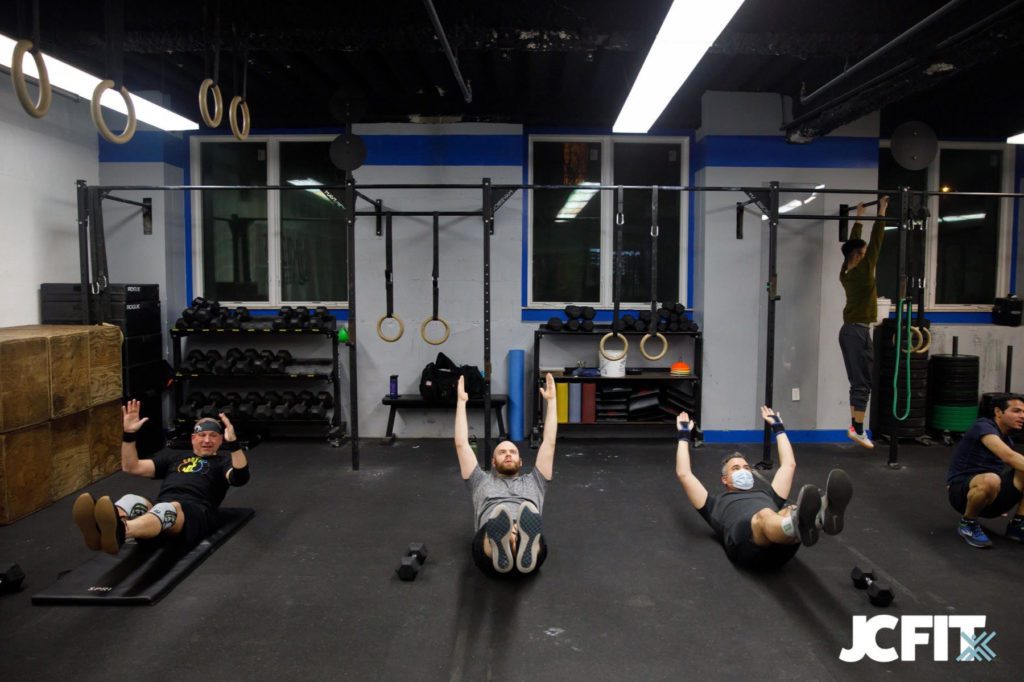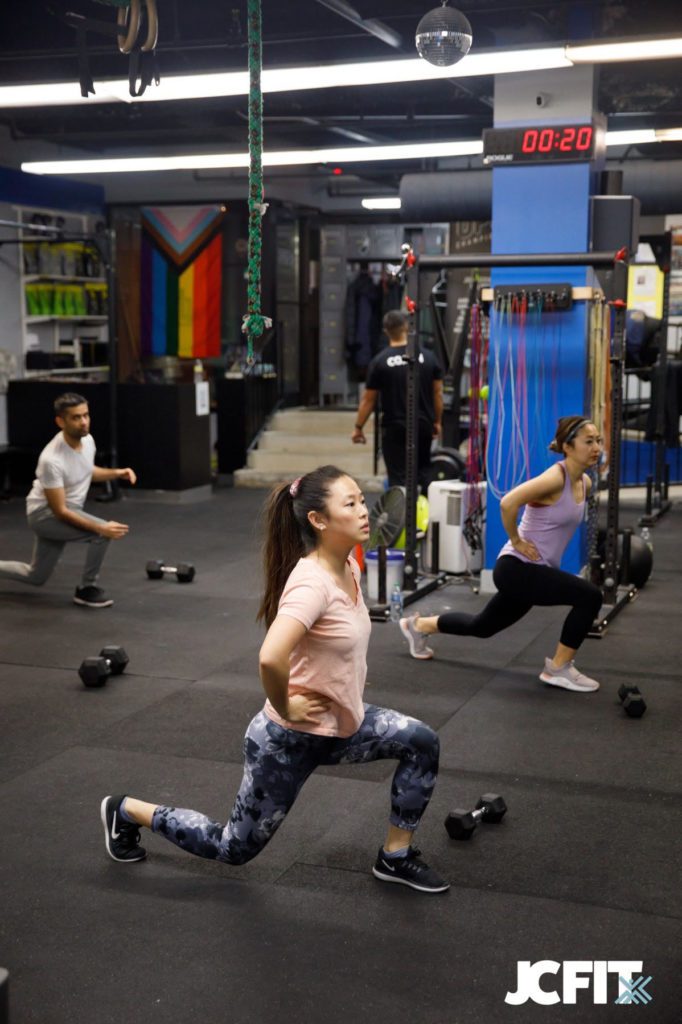Fitness, in so many ways, is the gift that keeps on giving because of its potential to play so many roles in our day-to-day lives. For some, fitness is the vehicle to stepping outside of a comfort zone and chasing a new goal. For others, fitness is the “me” time, the thing that is enjoyed as a break from the craziness of the day. You often hear people talk about fitness being their form of stress relief. At the simplest level, all of those classes we take at JCFit play a role in maintaining an overall healthier lifestyle. So, can there be too much of a good thing? The answer is: Yes. Too much fitness without a break in-between can lead to burnout, the loss of joy that you often feel with each workout, and even injury. Think that taking a rest day is for the most faint-hearted? Get that idea out of your head now! Even the most dedicated athletes have to balance their fitness load with rest and recovery.
Sports science has shown over and over again that rest and recovery are important elements of the training cycle, but what’s a sign that you need a rest day, and when do you add them to your schedule? We’re going to break that down here:

Rest & Recovery: Breaking It Down
Just like exercise training can affect our physical and psychological well-being, getting adequate rest also benefits our overall health. Think about how you feel during a really hard workout: your heart rate often kicks up, you often start sweating, your breath picks up, and you push yourself physically and mentally to an elevated state. Now, think about what’s going on inside your body during this workout: you are breaking your body down to build it up. Your body is tapping into your energy stores (thanks, carbs) and fluids, and as you move your body to get faster or stronger, your muscles experience microscopic tears. Incorporating rest & recovery into your training routine allows the body to replenish those energy stores and repair those small muscle tears.
What Does Rest & Recovery Look Like?
Rest & recovery is part of the full fitness balance. As Dr. Karin VanBaak of the CU Sports Medicine & Performance Center, and assistant professor in the Department of Family Medicine and Department of Orthopedics at the University of Colorado Anschutz Medical Campus says, “There’s not a one-size-fits-all answer about what it means for an athlete,” VanBaak said. “The nuances are going to be a little bit different for everyone depending on their age, sport, and level of participation and development.”
Short-term recovery includes activities you do shortly after intense exercise. Think of the cool-down after a workout, or foam rolling and stretching after.
Active recovery is a form of recovery that increases blood circulation. This fresh blood flow Fresh blood flow then delivers nutrients that help repair and rebuild muscles, tendons, and ligaments. The name of the game with active recovery is switching it up! You want to do light physical activity with movements that differ from what you did during training. Popular forms of active recovery include a brisk walk, a light jog, or swimming.
Long-term recovery largely revolves around training seasons, and it incorporates rest days and recovery schedules that are built into training schedules.
Rest days should be exactly what you need them to be. Many athletes mentally shy away from a total rest day or passive recovery –– a day without physical activity –– but sometimes it is what the body needs! Often incorporating a small amount of active recovery during a rest day allows the body to get some movement while still having positive physical effects. During rest days, athletes should prioritize nutrition and sleep for full benefits!

How Rest & Recovery Makes You A Better Athlete
- Recovery is where the rebuild is! It gives your body a chance to adapt to stress that you put it through during exercise. Sufficient recovery allows you to handle a little more each time you workout and this is where you start seeing progress.
- Rest days promote muscle recovery. Those microtears that take place each workout? Rest days allow for time to repair those damaged tissues and allows the body to replenish its energy stores of glycogen in the muscles.
- Rest days prevent overtraining. Overtraining Syndrome doesn’t just occur in professional athletes. The effects of overtraining can be dangerous leading to short term health problems and ultimately injury.
- Taking rest days can keep you motivated. The mental break from training is just as important as the physical break. Without a break in a training cycle, an activity that you enjoy can seem like an obligation or a burden.
Signs You May Need A Rest Day
Recovery looks a little different for everyone, and depends on a variety of factors. However, Elizabeth Quinn, Exercise Physiologist, and Sports Medicine Writer at VeryWell Fit explains that there are some signs to look out for that may indicate you need a rest day. They are:
- General feelings of fatigue
- Unexplained decrease in performance
- Musculoskeletal aches and pains
- Resting heart rate is higher than usual, over a couple of days
- Feeling agitated, moody, experiencing a hard time sleeping, loss of appetite, or feelings of depression or stress this may also be a sign of overtraining and that rest is needed.
It all comes down to balance. Adding a few days of total rest and recovery to your training schedule prevents overtraining, repairs the body, staves off injury, and allows the body to adapt to increased training loads over time. It also allows us to stay motivated and promotes relaxation. Most importantly, rest and recovery allows us to continue what we love doing for the long haul!




